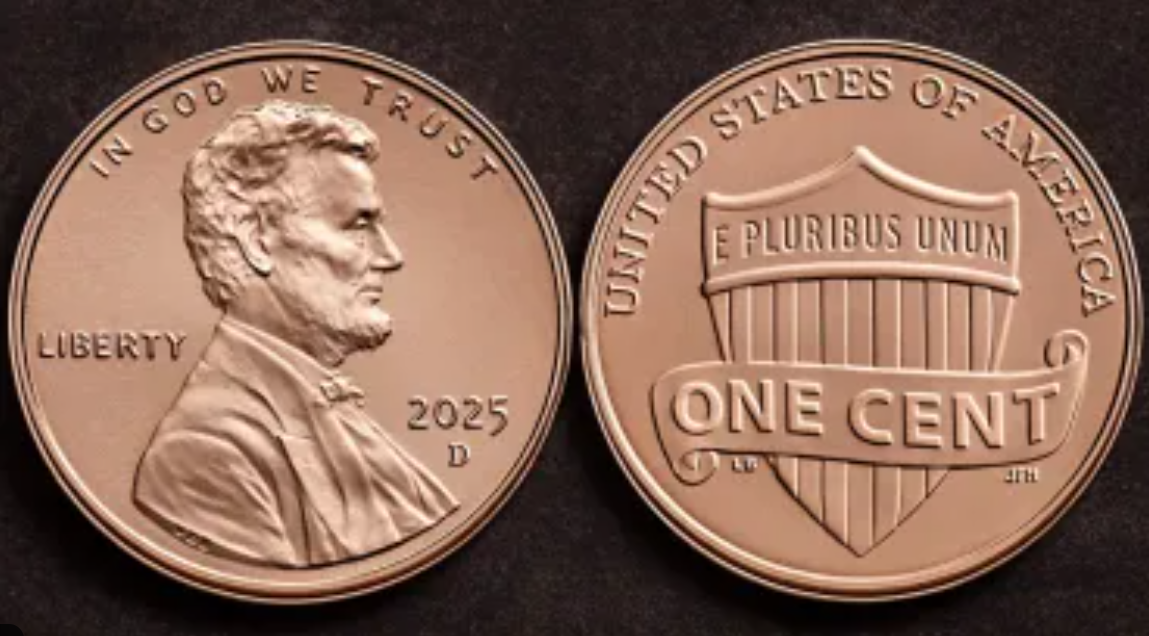The U.S. Treasury Department has announced that it will cease production of the penny by early 2026, marking the end of over two centuries of minting the one-cent coin. This decision, driven by escalating production costs and diminishing utility, is expected to save the government approximately $56 million annually. While existing pennies will remain legal tender, cash transactions will be rounded to the nearest five cents, aligning with practices in countries like Canada and Australia that have already phased out their lowest-denomination coins.
The Economic Rationale Behind Discontinuing the Penny
The primary impetus for halting penny production stems from its cost inefficiency. In 2024, the U.S. Mint reported that each penny cost approximately 3.7 cents to produce, resulting in a loss of $85.3 million from minting nearly 3.2 billion pennies. This negative seigniorage—where the cost to produce a coin exceeds its face value—has long been a point of contention among economists and policymakers.
Moreover, the utility of the penny in everyday transactions has significantly declined. Many consumers opt to discard or hoard pennies, leading to inefficiencies in cash transactions and handling. Retailers often find the coin burdensome, as it slows down transactions and increases the complexity of cash management.
Political and Legislative Developments
The move to eliminate the penny has garnered bipartisan support. In February 2025, President Donald Trump directed Treasury Secretary Scott Bessent to cease penny production, citing the coin’s inefficiency and costliness. Subsequently, two bipartisan bills—the Make Sense Not Cents Act and the Common Cents Act—were introduced in Congress to legally end penny production and authorize the rounding of cash transactions to the nearest nickel.
While the Treasury Department has the authority to determine coin production based on the nation’s needs, formal legislative action would solidify the discontinuation of the penny and establish clear guidelines for businesses and consumers during the transition.
Implications for Consumers and Businesses
The phasing out of the penny will necessitate adjustments in cash transactions. Once the coin is no longer in circulation, cash purchases will be rounded to the nearest five cents. For instance, a total of $10.02 would be rounded down to $10.00, while $10.03 would be rounded up to $10.05. Digital transactions, however, will continue to be processed to the exact cent.
This change may have minor inflationary effects, as some retailers might consistently round prices up. However, studies from countries that have eliminated their lowest-denomination coins indicate that the overall impact on inflation is negligible. Businesses will need to update their pricing strategies and point-of-sale systems to accommodate the rounding rules, ensuring transparency and fairness for consumers.
Historical Significance and Public Sentiment
The penny has been a staple of American currency since 1793, with the iconic image of Abraham Lincoln adorning the coin since 1909. Its discontinuation marks a significant shift in U.S. monetary history. While some organizations, like Americans for Common Cents, advocate for the penny’s retention, arguing for its role in charitable donations and its historical value, public opinion appears to favor its elimination.
A 2022 survey indicated that 58% of Americans support ending penny production, reflecting a growing consensus on the coin’s obsolescence. As the nation moves towards a more digital and efficient economy, the penny’s relevance continues to wane.
International Context and Future Outlook
The United States is not alone in its decision to eliminate its lowest-denomination coin. Countries like Canada, Australia, and New Zealand have already phased out their one-cent coins, implementing rounding systems for cash transactions without significant economic disruption. These precedents provide a roadmap for the U.S. transition, suggesting that the change can be managed smoothly with proper planning and public communication.
As the U.S. prepares to bid farewell to the penny, attention will turn to monitoring the transition’s impact on pricing, consumer behavior, and the broader economy. Ongoing assessments and adjustments will be crucial to ensure that the change benefits the nation’s financial system without unintended consequences.
Subscribe to trusted news sites like USnewsSphere.com for continuous updates.
[USnewsSphere.com / wsj]





